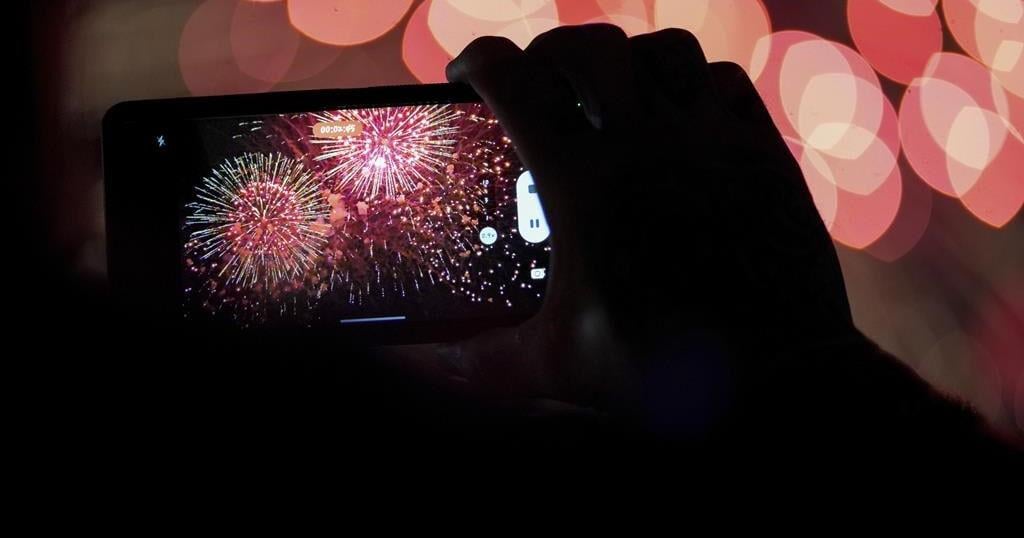CALGARY – Japan’s Mao Saigo had the round of her life on Saturday at Earl Grey Golf Club.
Saigo fired an 11-under 61 — a tournament and course record — to climb the 2024 CPKC Women’s Open leaderboard.
The impressive outing saw her drain nine birdies while holing out from the fairway for eagle on the par 4, 433-yard 10th hole.
“I’m very proud of myself because that was the best round probably since I started playing golf,” said Saigo through an interpreter. “I had 133 yards left and I hit pitching wedge and I was able to make it. I was very happy about it.
“(My) eagle on No. 10, I will probably remember the most.”
Through two rounds of play at the Canadian women’s golf championship, Saigo was sitting at 3-over and only made the cut by one stroke.
That all changed in Round 3 as the 22-year-old rookie LPGA golfer turned her tournament fortunes around in a span of about 4 1/2 hours.
“I played on Japanese tour for three years, and from that experience I was able to qualify for LPGA Tour,” Saigo said. “Just because I am rookie I wasn’t going to be intimidated. I just wanted to play my own game, and to be able to shoot this score, I’m very happy about it.
“I was able to feel the energy from the fans and that helped me to play well.”
Just after Saigo made her par putt on the 18th hole, Round 2 leader Lauren Coughlin was getting set to start her afternoon trip around Earl Grey’s par 72, 6,858-yard layout.
Through 12 holes of her round, Coughlin had moved back into a tie for the tournament lead at 12-under with her playing partner Haeran Ryu, leaving Saigo in a tie for third at 8-under with Rose Zhang.
Brooke Henderson of Smiths Falls, Ont., and Hamilton’s Alena Sharp both carded rounds of 3-under 69 on Saturday to inch their way up the leaderboard.
Heading into Sunday’s final round, Henderson is sitting as top Canadian at 2-under.
“Today was a really solid day,” said Henderson, who will represent Canada along with Sharp in the women’s golf competition at the 2024 Summer Olympics in Paris. “I was really happy to get six birdies on the card — unfortunate to drop three shots to three bogeys, but I feel like I’m right there. I think I’m trending in the right direction, so hopefully we’ll just get off to a fast start (Sunday).”
Henderson received the largest ovation of the day when she drained a lengthy birdie putt on the par 3, 17th green.
“I’ve just felt so much love all week,” said Henderson, whose diehard fans are known as the Brooke Brigade. “It’s really been incredible, 17 was really special. I was really happy to see that putt go in because it was not an easy putt. Everybody was so energetic and just so supportive. It was a lot of fun to hear that loud of a cheer.”
Sharp started her day at 3-over, but was able to make it back to even-par.
“Really happy,” said Sharp of her round that included four birdies on the front nine and just one bogey on the 10th hole. “Obviously shooting under par on this golf course, I think it’s a good score. I saw there was 11-under so that’s just amazing golf.”
About 15 minutes after Saigo drained a short birdie putt on the 17th green, Sharp walked up to the tee box on the hockey-themed feature hole, which is dubbed The Rink.
Like she had done the past two years of her national women’s championship, Sharp was planning to impress the fans by wearing an NHL jersey.
“I was going to (wear) it today but someone forgot to bring it,” said Sharp, who received a warm reception from the fans a year ago at Vancouver’s Shaughnessy Golf and Country Club when she donned a Canucks sweater. “I don’t want to get booed. I will definitely be wearing a Flames jersey (Sunday).”
Maude-Aimee Leblanc of Sherbrooke, Que., shot 71 and is tied with Sharp through three rounds at even par.
Ellie Szeryk, of London, Ont., remained at 4-over after shooting 72, while Savannah Grewal, of Mississauga, Ont., fell back to 5-over following her round of 74.
This report by The Canadian Press was first published July 27, 2024.




















